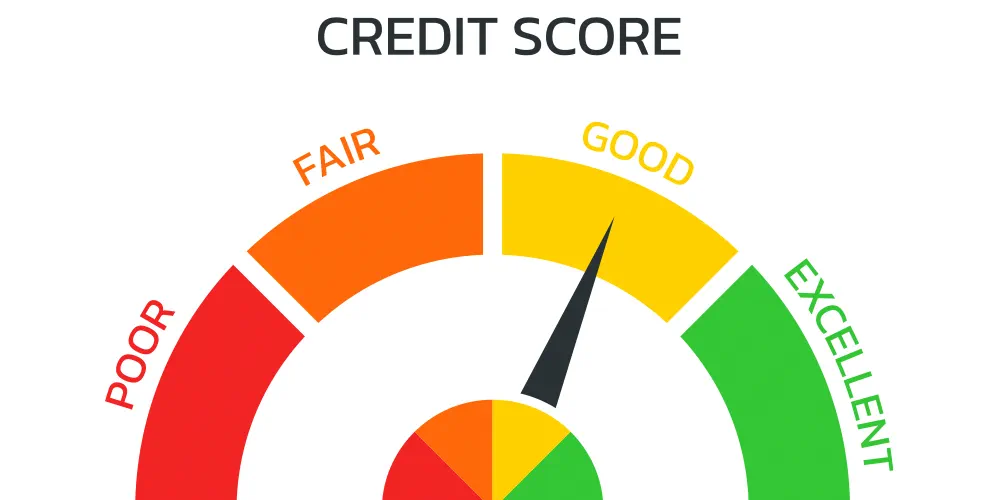Securities lending is a process by which an investor lends securities to another party for a specified period. The securities are typically lent out to generate additional income or provide market liquidity. In Singapore, the securities lending market is dominated by institutional investors, who account for more than 90% of all transactions. This article will take a closer look at securities lending and some of the key players in the market. We will also discuss some risks associated with securities lending and how they are managed.
What Is Securities Lending, And Why Is It Important In Singapore’s Economy?
Securities lending is a process whereby an investor (the lender) lends out securities, such as stocks or bonds, to another party (the borrower). The lender will typically receive a fee for providing the securities, and this fee is known as the “finance charge”. Securities lending can help improve liquidity in the market and provide additional income for investors willing to take on this risk. In Singapore, the securities lending market is dominated by institutional investors, who account for more than 90% of all transactions.
Whom Are The Key Players Involved In Securities Lending?
In Singapore, three main parties are involved in a securities lending transaction: borrowers, lenders and intermediaries. Borrowers are typically institutions that need to borrow securities to cover short positions or to engage in hedging activities. Lenders are typically institutions willing to provide their security holdings in exchange for a fee. Intermediaries, such as custodians and broker-dealers, act as intermediaries between lenders and borrowers by providing services such as administration of loan transactions, collateral management, and settlement of transactions.
The Benefits Of Securities Lending For All Involved
Securities lending provides many benefits for all involved. Lenders can provide additional income through fees or interest payments. For borrowers, securities lending allows them to access liquidity and cover short positions without having to buy the actual security from the open market. Intermediaries benefit by providing services that facilitate the loan transaction process.
Another benefit of securities lending is that it can increase market efficiency. Increasing the liquidity of a particular security allows investors to enter and exit positions with minimal impact on price quickly. It increases the market’s overall efficiency by providing more efficient pricing mechanisms and reducing transaction costs for lenders and borrowers.
Finally, securities lending can provide additional capital to the market. Providing additional capital in the form of loans allows investors to take advantage of investment opportunities that may have otherwise been unavailable due to a lack of funds.
Risks Associated With Securities Lending
Despite its many benefits, securities lending does come with some risks. These include counterparty risk, settlement risk, operational risk and reputational risk. Counterparty risk occurs when one party fails to uphold their side of the agreement due to bankruptcy or other financial difficulties. Settlement risk is the possibility that either lender or borrower may fail to settle a transaction in time, resulting in losses for both sides.

Operational risk is the risk of errors occurring during the transaction process, while reputational risk occurs when a lender’s reputation is damaged due to its involvement in securities lending.
Finally, lenders should also be aware of the risk that their security holdings may become illiquid, as borrowers can choose not to return them at maturity.
How Are Risks Managed?
To manage these risks, lenders and borrowers typically enter into detailed agreements outlining the loan terms and setting limits for potential losses. These documents may also include closeout or transfer rights provisions should either party fail to meet their obligations. Market participants may also take other steps, such as conducting due diligence on counterparties and using custodians to help facilitate transactions and manage collateral.
Overall, securities lending can be an essential tool for investors looking to generate additional income or improve liquidity in the market. However, lenders and borrowers need to be aware of the risks associated with such transactions and take steps to mitigate them. By doing so, securities lending can provide many benefits without exposing participants to excessive risk.
The Monetary Authority of Singapore (MAS) also plays an essential role in ensuring the safety and soundness of the securities lending market. They regulate activities such as loan agreements, collateral management and other transactions to ensure that parties are adequately protected against risks. The MAS also puts in place additional measures, such as requiring lenders to disclose any potential conflicts of interest to borrowers before entering a transaction.
In Conclusion
Securities lending is an essential tool for investors looking to generate additional income or improve liquidity in the market. However, lenders and borrowers need to understand the risks associated with such transactions and take steps to mitigate them. The Singapore MAS plays an essential role in ensuring the safety and soundness of the market by regulating activities such as loan agreements, collateral management and other transactions.

:max_bytes(150000):strip_icc()/WhatIsaNon-PurposeLoanAug.162021-45e7e49946034ab9bd2e208de468bb5d.jpg)

